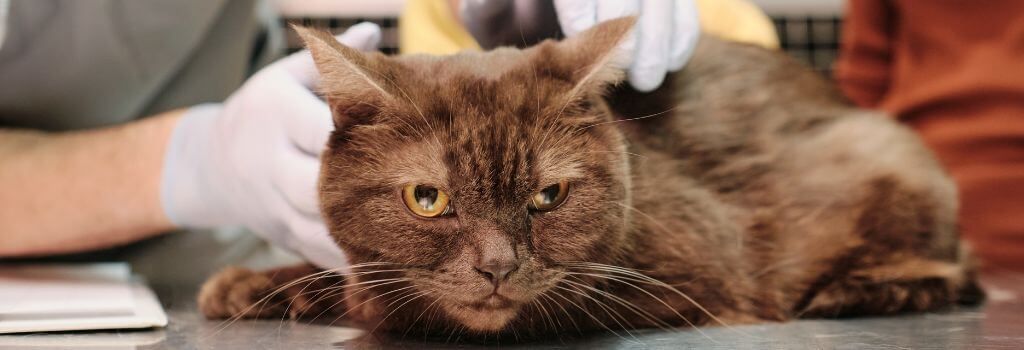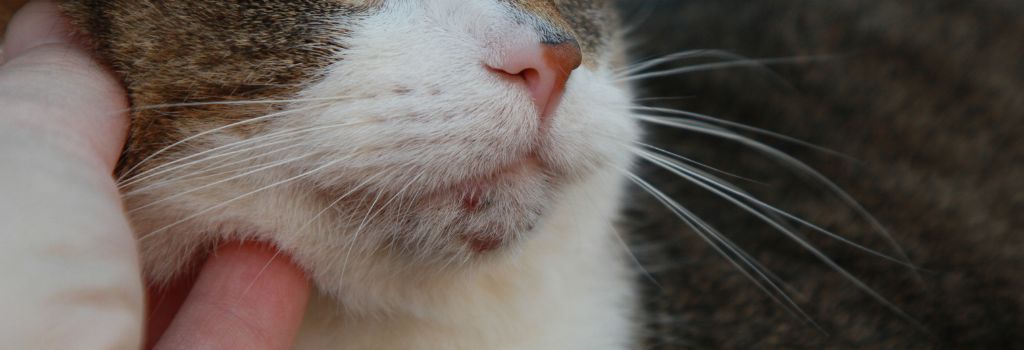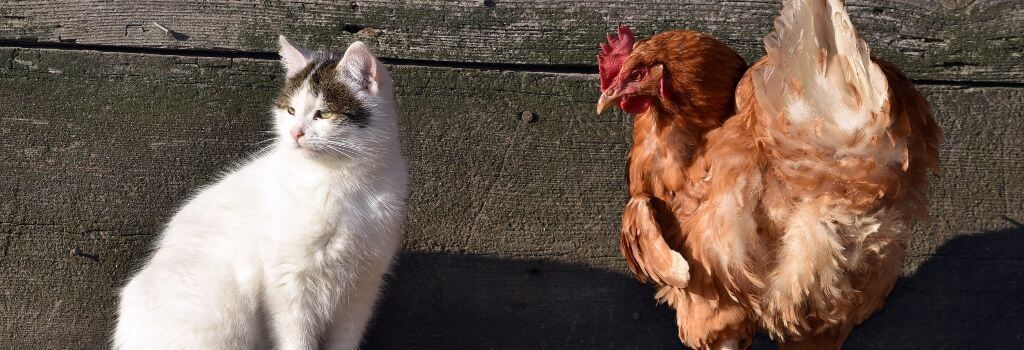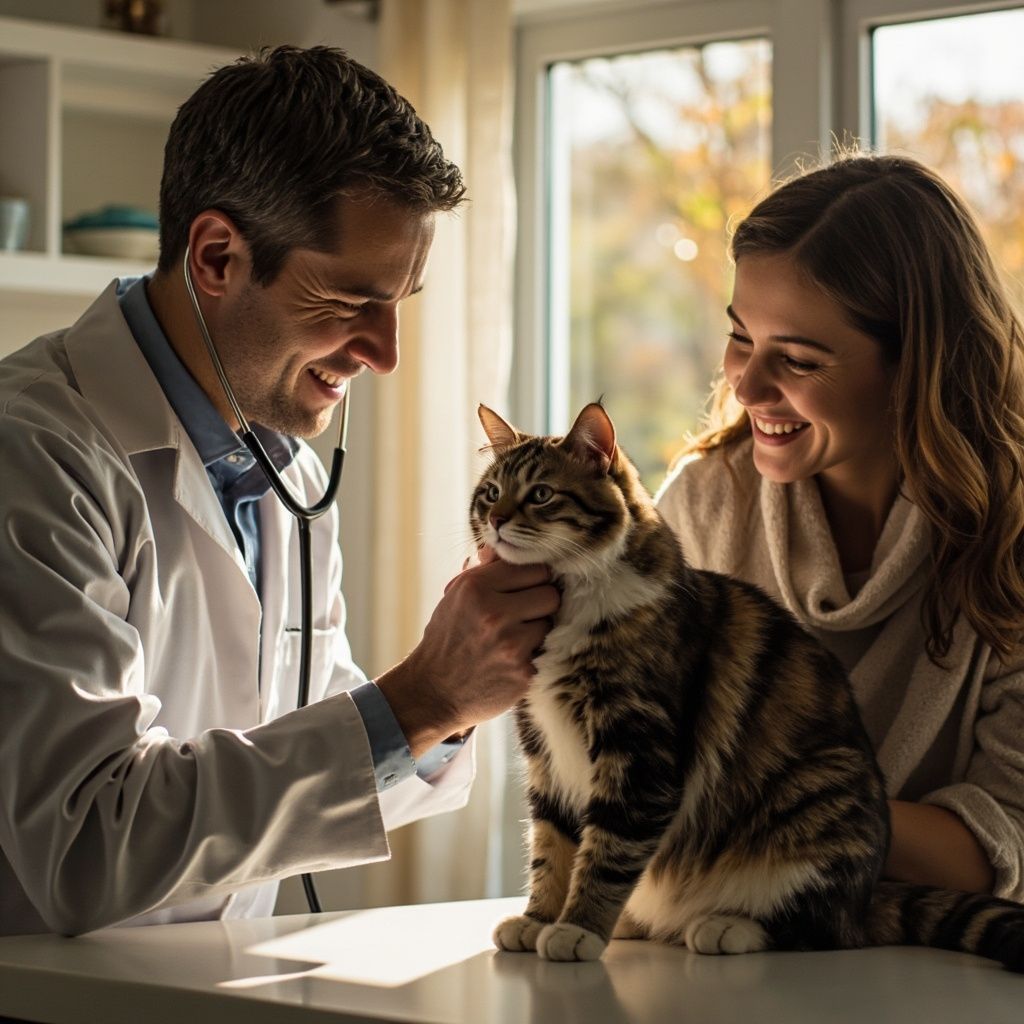How to Help Kids and Cats Live Together in Peace
Pets and kids are a natural combination. You may have even grown up with a few furry family members yourself. Pets provide companionship and comfort, and they can help kids develop responsibility, empathy, and compassion. In most cases, raising kids and animals together benefits families in many ways.
Before bringing a new kitten into your home , though, it’s crucial to recognize the importance of building a good relationship between your child and their pet. As both a parent and pet owner, it’s up to you to make sure everyone in your family gets along. As veterinarians, we’re often asked for tips about how to help kids and cats live together in peace. As both kids and cats are curious and playful creatures, the combination of the two can result in bites and scratches. The good news is that figuring out ways to create harmony between them isn’t as difficult as many people think. In this post, we’ll be discussing a few of the many things you can do to foster a healthy relationship between your two-legged and four-legged children.
Teach your kids the proper way to welcome a new kitten
If you’ve decided to adopt a cat after months of listening to your child beg for one, making proper introductions is the best way to start the relationship off on the right foot. Before the big day arrives, explain to your daughter or son that kittens need time to adjust to new people and surroundings. Let them know that their new pet will likely be nervous and that they’ll only make the kitten more fearful if they are too loud.
Limit your new kitten’s area to just one or two rooms at first, and don’t let your child overwhelm them with constant attention and activity. Keep the first few interactions short. While not intentional, your child could cause serious injury by handling a kitten too roughly. Show your son or daughter how to pet a kitten nicely and pick them up correctly. Teach your child to respect the cat’s boundaries. In doing so, you’ll be doing your part to keep your little one and their new precious pet safe and happy.
Establish ground rules
Taking care of a new pet is a big responsibility, and everyone needs to know their job.
When you get a kitten or cat, you need to decide the following:
- Who will feed the kitten or cat each day?
- When, what, and how often will the cat eat ?
- Who is responsible for cleaning the litter box?
- Will your new feline friend will go outside or stay indoors at all times? (As veterinarians, we strongly recommend keeping your cat indoors.)
- Is the cat allowed to jump on tables and countertops and sleep in the bed with a family member?
Discuss all of these things as a family, and make sure everyone in your household is on the same page.
To keep the peace, consider having certain kid-free areas and areas that are cat-free. This will give your cat a place to escape to when they need some peace and quiet, and it will give your child a kitten-free area where they can do homework, eat meals, etc., without distractions.
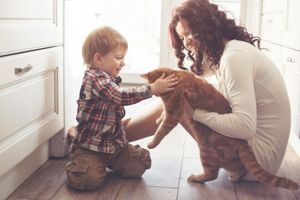
Be a good role model
Your children look to you to learn how to behave. By modeling the proper way to care for a pet, you will be instilling good habits in your son or daughter. Show them the correct way to approach a kitten, how to play with them, how to groom them , and how to give them food, treats, and water. When it’s time to bring your kitty in for a checkup, bring your child along. Let them see what goes into caring for their feline friend so they understand just how big of a responsibility pet ownership is.
Supervise every interaction between kids and cats
Always keep a close eye on your child when they are interacting with the kitten. Even if they don’t mean to cause any harm, a young child could hurt or frighten a cat by grabbing their paws, pulling their tail, or trying to restrain them. If your child behaves in a manner that could scare or hurt the kitten, redirect them to more appropriate behavior. And be sure to praise them when they are treating the cat properly.
Keep an eye on your kitten’s behavior, too. If they are getting too rowdy and starting to nip at your child’s hands like they would a littermate, discourage them with a firm “no,” and offer up a toy or another appropriate toy to chew on. If the kitten doesn’t settle down and play nicely, it’s time for a break.
Closing Thoughts
Adding a kitten to your family is exciting — especially for kids. When it comes to keeping the peace, though, it’s essential to establish some ground rules and make sure everyone stays on the same page. Make sure your child knows that a cat is a living creature and not a toy. Teach them how to care for kittens or cats properly, and make sure they know all that goes into raising a healthy, happy pet.
Bring your kitten in for a wellness exam shortly after bringing them home to ensure you're getting them on the path to good health and to help your kids understand the responsibilities involved in pet ownership. If you’ve recently adopted a kitten or an adult cat, give us a call to schedule their first appointment.
Recent Posts

